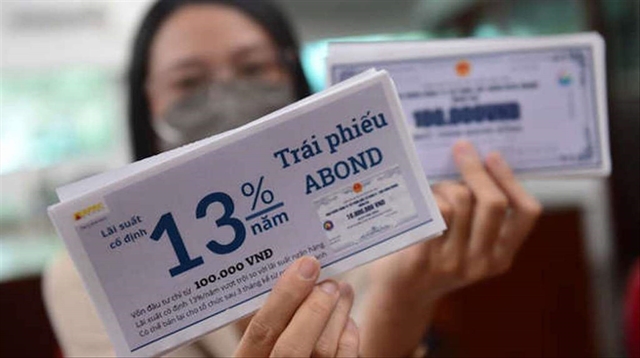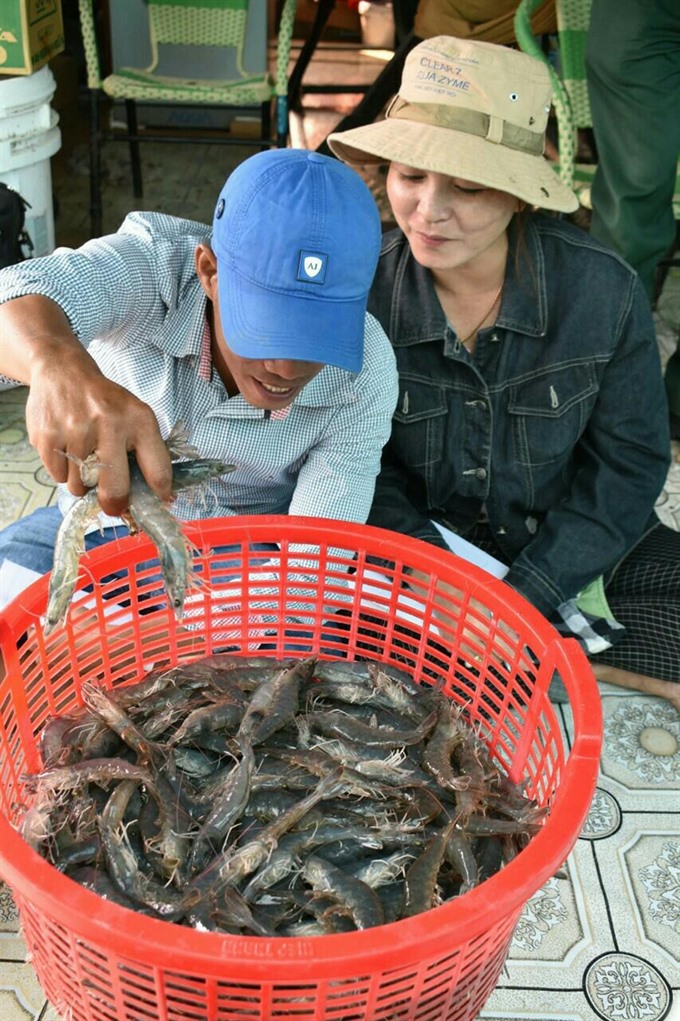 Economy
Economy
.png)
Việt Nam’s supply capacity to 2025 to fulfill global shrimp demand is sufficient but the industry still faces challenges, speakers said at a conference held yesterday (aug 23) in HCM City.
 |
| A trader purchases shrimp in the southern province of Bạc Liêu. - VNA/VNS Photo Huỳnh Sử |
HCM CITY – Việt Nam’s supply capacity to 2025 to fulfill global shrimp demand is sufficient but the industry still faces challenges, speakers said at a conference held on Thursday in HCM City.
Former chairman of the Việt Nam Association of Seafood Exporters and Producers (VASEP) Hồ Quang Lục noted that Việt Nam has a large area of 700,000ha for shrimp farming.
“Due to favourable weather, Vietnamese farmers can raise shrimp all year round,” he said, adding that local farmers’ skills exceed the global average.
“Việt Nam also has great processing potential, with nearly 100 shrimp processing factories, generating about 500,000 tonnes of products every year,” he added.
Despite its potential and support from the Government and Ministry of Agriculture and Rural Development (MARD), shrimp farmers still face poor infrastructure, low-quality shrimp breeders and high farming costs, among others.
“It is necessary to have a detailed farming plan, adequate investment in infrastructure, a national parent-shrimp production programme, and strict control of the shrimp supply system,” Lục recommended.
Dr. Hoàng Tùng, an expert at the Commonwealth Scientific and Industrial Research Organisation (CSIRO) in Australia, addressed issues surrounding the Government plan that targets all steps of the value chain and an export turnover target of US$10 billion in 2025.
Tùng said the government should place emphasis on higher-quality inputs, improvement of farming and harvesting, and innovative business models. This would ensure higher productivity, lower production costs and increased domestic consumption, he said.
Tùng hoped that the Lower Mekong Initiative, which aims to transform the livelihoods of 10,000 households via more sustainable shrimp farming between 2019 and 2029, would be carried out efficiently.
The initiative is a collaborative project between CSIRO, MARD and the Ministry of Science and Technology.
Experts at the conference also spoke about the world shrimp market and the gap in supply and demand, consumption trends, competitiveness of Vietnamese shrimp in the EU market, and analysis of export competitors.
This conference is part of the Việt Nam Fisheries International Exhibition 2018, being held in HCM City from Tuesday to Friday. – VNS